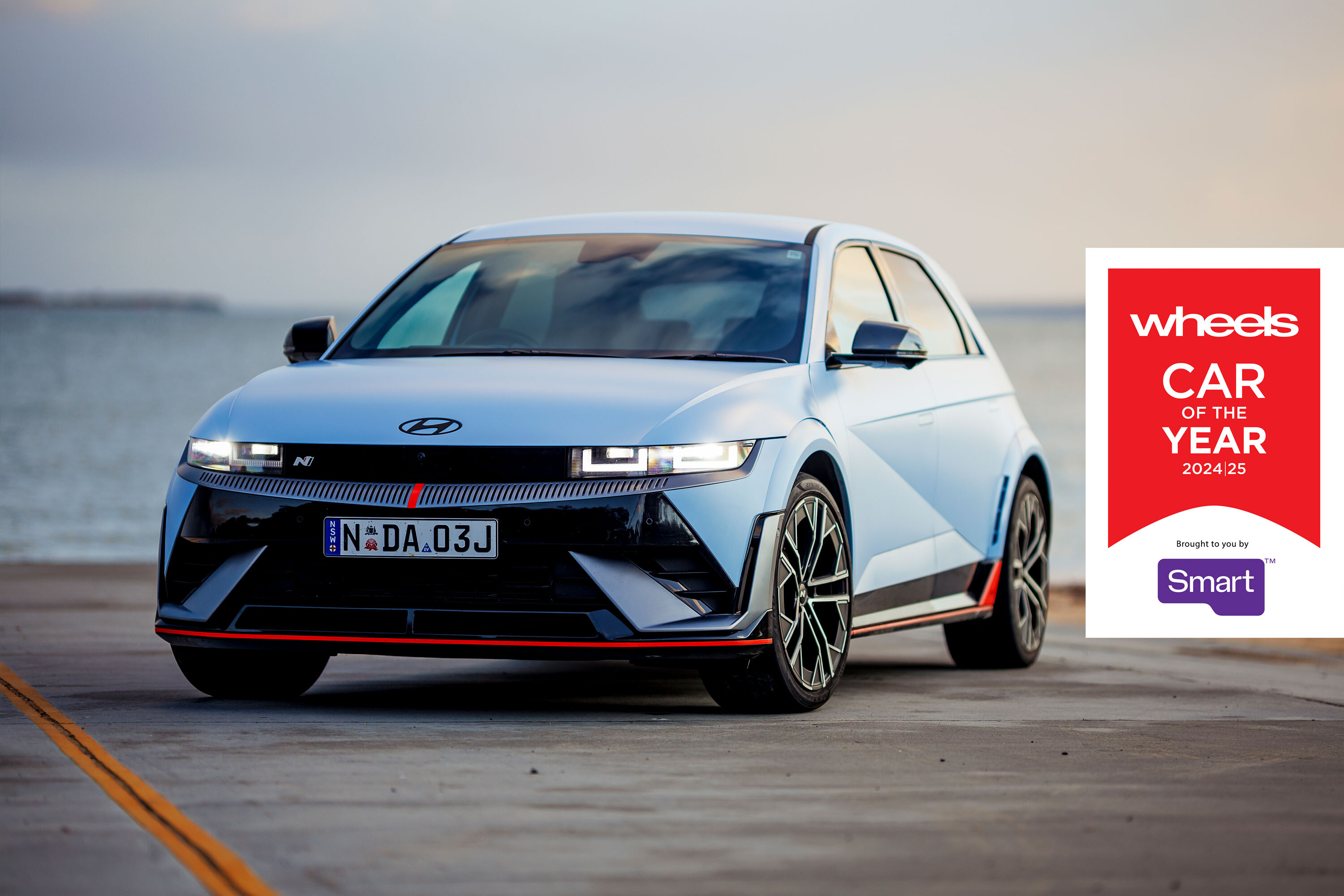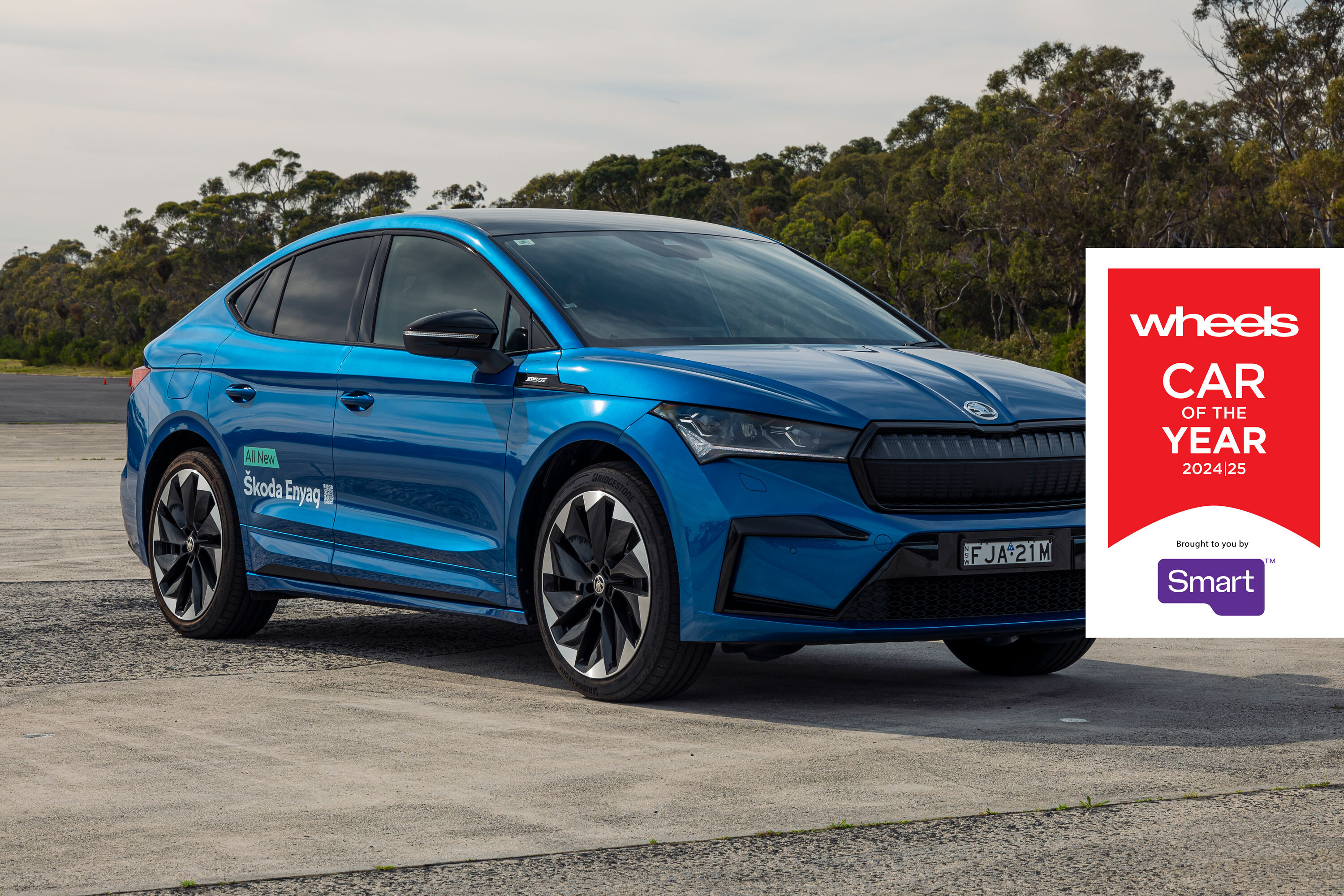THE Jaguar i-Pace – the British luxury marque’s first electric car – has been unveiled at the Los Angeles Motor Show ahead of its expected 2018 showroom debut.
The 4680mm long, fastback coupe-styled i-Pace sits on a 2990mm wheelbase that places it somewhere between the slightly shorter F-Pace SUV and the slightly longer XE sedan. Its fastback design combined with a compressed glasshouse mimics that of a growing class of SUV coupes, including the Porsche Macan, Mercedes-Benz GLC and the BMW X4.
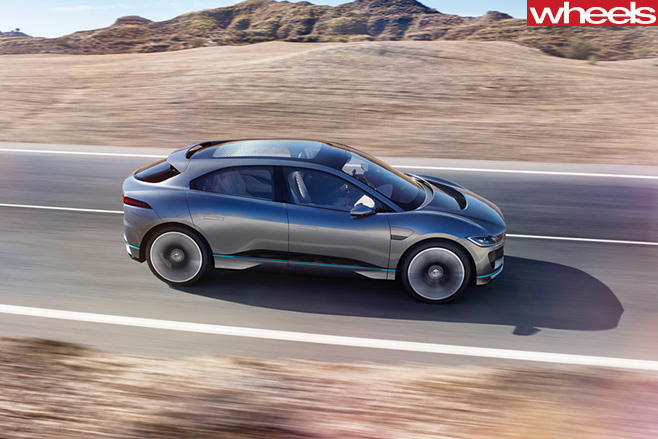
The i-Pace will use a 90kWh lithium ion battery pack sandwiched in the floor to give it a 120mm lower centre of gravity compared with the F-Pace. The battery pack is big enough to wring out a 500km range – enough to out-distance a Tesla Model X P90D.
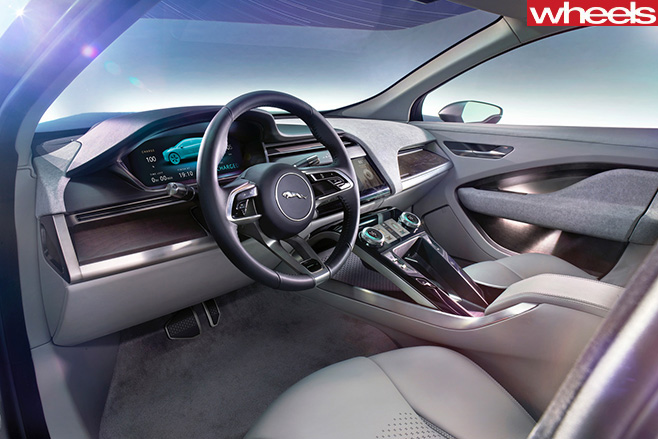
The sandwiched battery pack means that interior space is unlikely come at a premium. The cab-forward look of the passenger cell suggests plenty of room to carry five passengers in comfort, while the 535-litre boot is bigger than that of the Jaguar F-Pace, which Jaguar claims is a class leader for load-lugging ability.
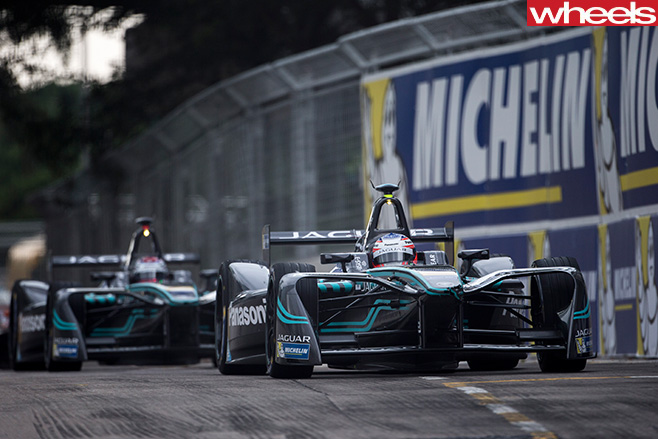

The British brand’s EV push comes as the former Le Mans winner breaks a 12-year motorsport drought by entering the Formula E electric racecar series for the 2016-17 season.




